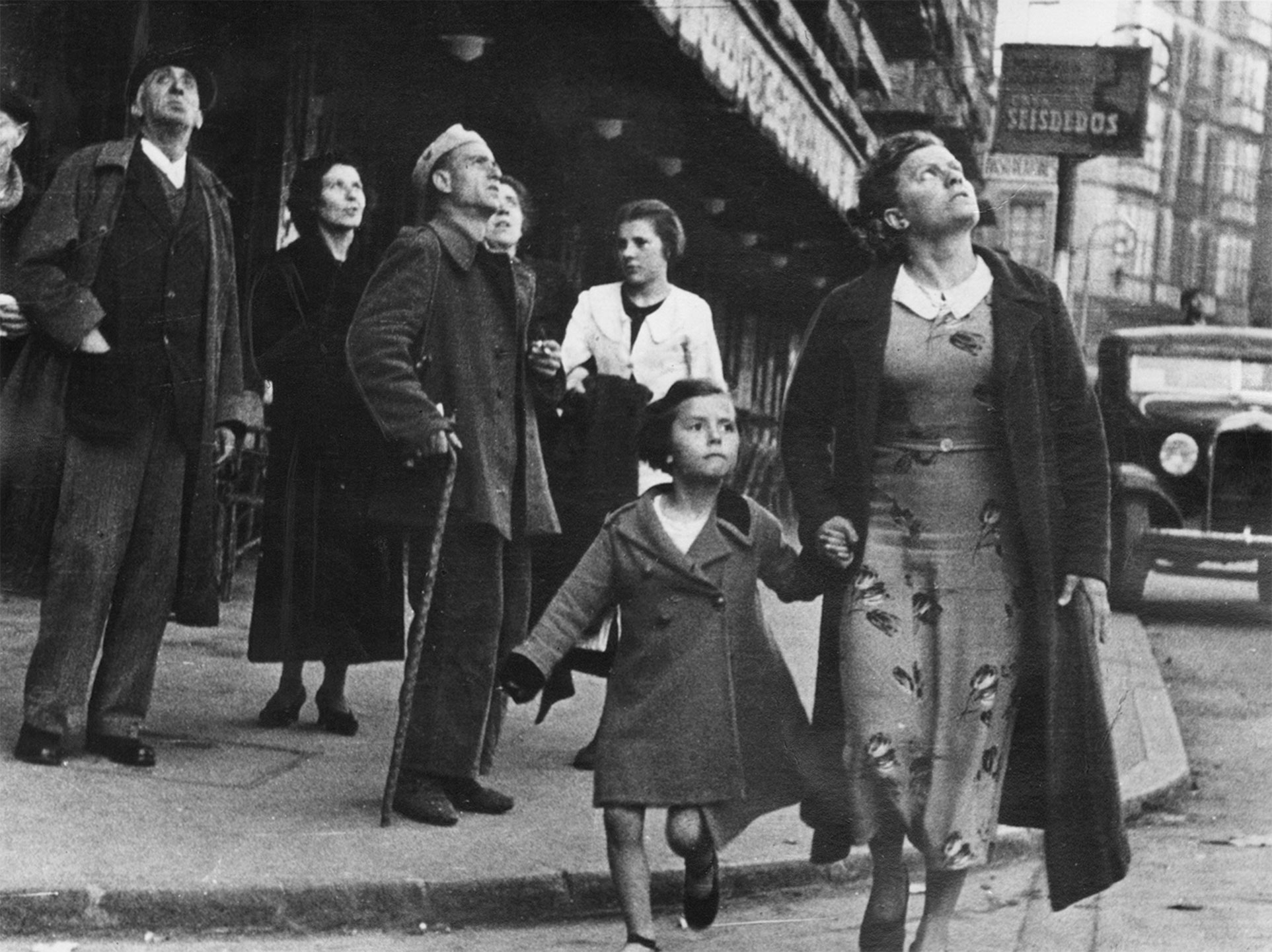Robert Capa
Overview
Robert Capa shared a darkroom with Henri Cartier-Bresson and Chim (David Seymour) in Paris in 1933. He worked regularly as a photojournalist, and made several trips to Spain to document the civil war. His photographs from this conflict, including his most famous image, Death of a Loyalist Soldier (1936), were heralded for their stunning impact; Picture Post termed him “the greatest war photographer in the world”. When World War II began, he moved to America and worked for LIFE, Time, and other publications. From 1941-1946, he was a war correspondent for LIFE and Collier’s, traveling with the US Army and documenting Allied victories in North Africa, the Allied landing at Normandy, and the Allied capture of Leipzig, Nuremberg, and Berlin. After the war, Capa joined Henri Cartier-Bresson, Chim (David Seymour), and George Rodger in founding Magnum. He traveled to Hanoi in 1954 to photograph the French war in Indochina for LIFE; shortly after his arrival, he was killed tragically after stepping on a land mine.

Mothers of Naples, 1943
Gelatin silver print, printed 1960’s
24 x 18.5 cm

Landing of the American troops on Omaha Beach, France, 1944
Gelatin silver print Estate embossed stamp on recto

Libertation of Paris, France, August 1944
Gelatin silver print Estate embossed stamp on recto

Leon Trotsky Speaking in Copenhagen, 1931/2
Vintage gelatin silver print

Death of a loyalist militiaman, Spain, 1936
Gelatin silver print Estate embossed stamp on recto

Spain, Bilbao. Running for Shelter During the Air Raids, 1937
Gelatin silver print

Two Republican Volunteers Resting, Barcelona, 1936
Gelatin silver print, printed 1980’s

Tired Little Girl Amidst Refugees, 1936
Gelatin silver print

American Troops, Omaha Beach, France, 1944
Gelatin silver print Estate embossed stamp on recto